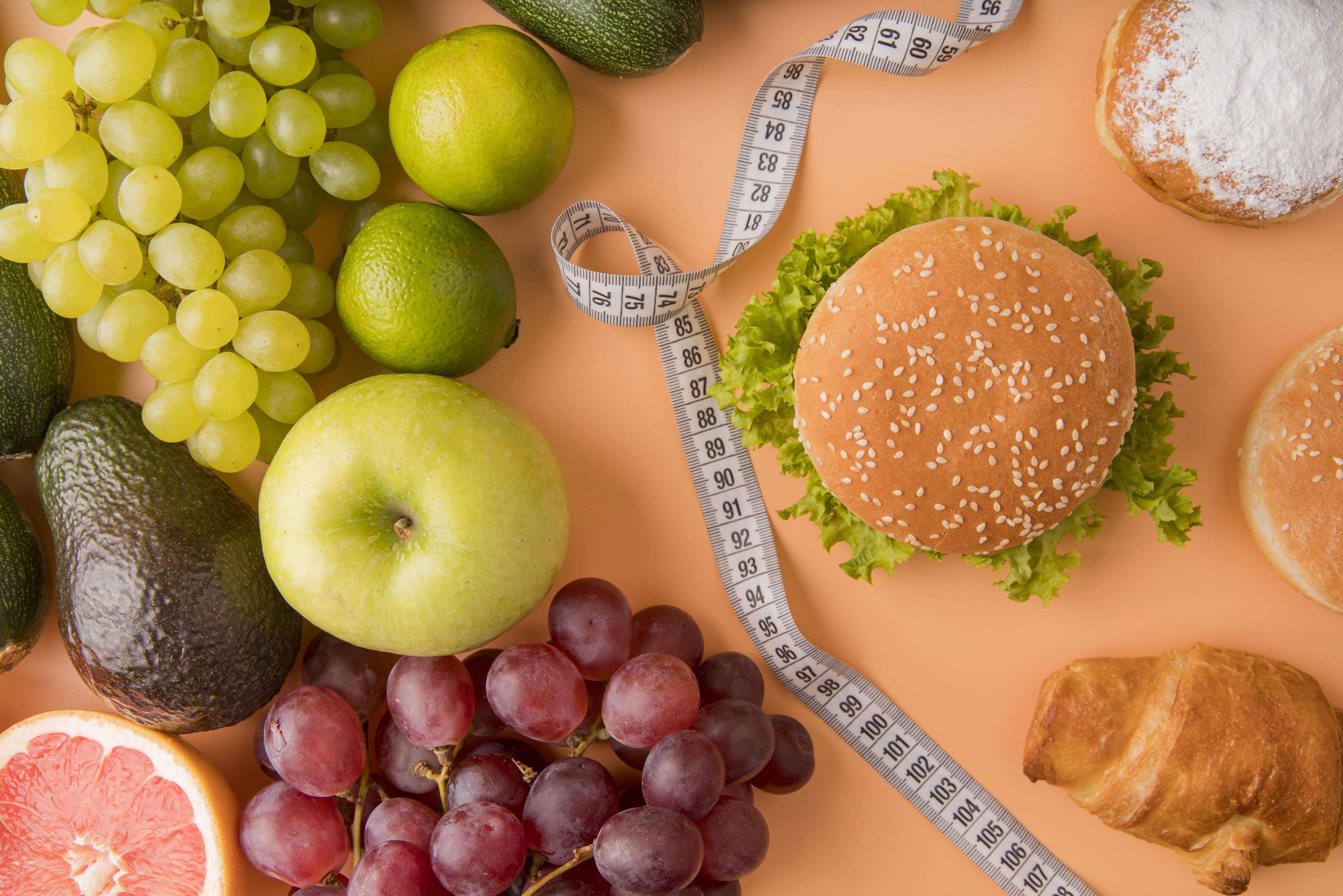
The definition of prevention depends on the type of disease. For adults, it means maintaining a healthy body weight and preventing weight gain. For children, prevention can be achieved by reducing intake of high-fat foods and increasing physical activity. This can be done by changing social and economic policies as well as environmental factors. These are just a few methods to prevent obesity. These methods can be used in combination or as an individual. Using these strategies can make a difference for many individuals.
A multi-level, multisector approach to obesity prevention could be effective in changing social norms around healthy eating habits. Although there are no one villain in obesity prevention. Food plays a significant role in the epidemic. Obese people eat more before feeling full. This makes them continue to eat after feeling full. Stressed or anxious people may also eat more. Further, the modern lifestyle is less physically demanding and less energetic. Moreover, many of us don't engage in physical activities, which use up calories. This is why it is crucial to act to end this global epidemic.

These programs, which are community-based, have proven to be more effective in reducing the likelihood of obesity. These interventions focus on the environment. Television and computer use are both high-calorie, passive, and can be harmful. They also target specific behaviors, such as the availability and use of play equipment within children's rooms. These programs do not only help individuals lose weight but also promote good sleep and active play.
A successful obesity prevention program must be accessible to all levels of the population. Obesity prevention programs aim to change unhealthy eating habits and prevent overweight. It is important to eat more fruits, vegetables (whole grains, legumes, nuts, and seeds). By doing this, they can reduce the risks associated with obesity, which include high cholesterol and heart disease. They should also be active. This will increase their chance of losing weight. This is why prevention is so important.
Different prevention strategies have different goals. For example, universal obesity prevention plans concentrate on changing social norms and environmental conditions that promote obesity. To prevent targeted obesity, programs can be tailored to meet the needs of specific groups. Interventions aimed at teenagers and children are more likely than those aimed at adults to improve their health. Prevention strategies for children should include preventing childhood and adolescent obesity.

For obesity prevention, it is important to have a healthy diet. Three of the most effective strategies are eating healthy, getting enough sleep, and following a healthy diet. These strategies will help achieve your goal weight and minimize the chance of developing many chronic diseases. So, prevention for obesity is important to reduce your risk of diabetes, high blood pressure, and heart disease. You must also take steps to keep your body in top shape.
FAQ
What is butter good for?
Butter is a great source of saturated fats. This type fat is great for your skin and hair. It also helps you build stronger bones.
Butter also contains vitaminK, which prevents bleeding after cuts and bruises. Vitamin K works with vitamin A to prevent bleeding.
Butter is also rich with minerals, such as calcium and phosphorous. These elements promote stronger bones and teeth.
Butter does have some drawbacks. Butter is high in cholesterol. Studies show that too much cholesterol can increase your risk of developing heart disease.
Butter is also high-fat, which can contribute to obesity and increase cholesterol.
You can spread butter on bread if you are forced to use it. Bread absorbs oil more than pasta or potatoes.
What does the milk do for men
Next time you buy milk think about what you could do with it. You might also find it helpful to stop drinking coffee.
Both children and adults have been shown to benefit from milk. Milk is rich in nutrients for children, including vitamin D and calcium.
It helps with digestion, promotes weight growth, and improves bone strength. Adults who consume dairy products tend to have fewer illnesses and better immune systems.
Also, milk is rich in lactose so people who can't digest this sugar well can still reap the benefits of it without any stomach issues.
Instead of drinking soda or juice, drink more milk. The extra calcium and vitamin D found in milk can help strengthen your teeth and bones.
Plain low-fat yogurt is another option if milk tastes bland to you. Yogurt can be a great substitute for milk, as it has fewer calories and more protein.
Yogurt also has probiotics that aid digestion and increase immunity.
Try warm milk to help you fall asleep. Warm milk relaxes muscles, increases serotonin levels and helps you get a good night of sleep.
Is weightlifting more effective at burning fat?
You can lose more fat by weight lifting, but only when you do it in conjunction with cardio.
For the best results of weightlifting, do it after cardio exercises.
Weightlifting, when done properly, increases your heart rate.
If you don't mix it with cardio, your body won't notice significant changes.
Statistics
- The PRS enabled risk stratification for overall prostate cancer and lethal disease with a four-fold difference between men in the highest and lowest quartiles (HR, 4.32; 95% confidence interval [CI], 3.16-5.89). (pubmed.ncbi.nlm.nih.gov)
- Are You One of the 20% of Guys (mh.co.za)
- An estimated calorie range for moderately active adult males falls between 2,200 to 2,800 calories per day, depending on age. (eatright.org)
- Get free shipping and 25% off today. (healthline.com)
- According to the American Academy of Dermatology (AAD), men over 50 are at a heightened risk of developing it. (healthline.com)
External Links
How To
How can I burn fat and exercise?
Exercise burns calories by increasing metabolism and oxygen consumption.
You'll lose weight safely if you exercise at moderate intensity.
These tips can help you to burn fat while training:
-
Do cardio exercises such as walking, swimming, jogging, cycling, running, or elliptical training.
-
Do 30 minutes of exercise three times a week.
-
If you want to lose more weight, add strength training to your routine.
-
Avoid intense workouts. You can build muscle and not break down muscle tissue.
-
Hydrate well during exercise. Water flushes out toxins and helps keep the body hydrated.
-
Choose low-fat protein shakes after working out. Protein shakes are great for your muscles and energy.
-
Take smaller meals throughout each day to avoid feeling hungry.
-
Don't skip breakfast! Skipping breakfast can lead to fatigue and sluggishness.
-
Take care of your mental health. Stressful situations can slow down metabolism.
-
Keep a positive attitude. Studies show that people who believe they are overweight gain more weight then those who think they are attractive.
-
Get enough sleep. A lack of sleep makes it difficult to lose fat.
-
Stay active. Move around at least once an hour.
-
Maintain a healthy diet. Healthy eating will keep you fuller and more satisfied for longer.
-
Find ways to relax. Relaxing doesn't mean your body releases stress hormones which cause muscle tissue to be destroyed.
A balanced diet includes all essential nutrients needed for growth and development.
Six small meals per day is better than three large meals. This gives your body more time to digest the food you eat.
Calcium is required to support strong bones. Calcium is found in dairy products like yogurt, fortified milk beverages, orange juices, cereals and bread.
Calcium is found in leafy vegetables, beans and tofu, as well nuts, seeds and cheese.
Your body needs vitamin D to absorb calcium. Vitamin D can also be found in some fortified foods such as eggs, fish, and yolk.
Vitamin E plays an important role in skin health. Vitamin E can be found in vegetable oils as well as wheat germ oil, peanuts and almonds.
Your body needs zinc for normal immunity function and wound healing. Zinc is found in seafood, oysters legumes meats, whole grains, whole grains and meats.
Zinc deficiency can cause fatigue, loss of appetite, depression, and impaired immunity.
Too much sugar leads to insulin resistance. This results in higher blood glucose levels. Insulin resistance leads to weight gain.
Insulin resistance develops when there are high levels of free radicals in the bloodstream. Free radicals refer to molecules that contain unpaired electrons. They can damage cell membranes and other body parts.
Food additives, pesticides and herbicides, as well as preservatives, smoking and radiation are all sources of free radicals.
Free radical damage can lead to cancer, heart disease, diabetes, arthritis, asthma, and aging.
The best way to avoid free radicals is to eat a balanced diet high in antioxidants. Antioxidants protect against oxidative damage.
Vitamin C, beta carotene (found within citrus fruits, carrots, sweet potatoes and spinach), Vitamin E (found inside nuts, olive oils, avocados and eggs), and Vitamin C (found among mangoes.
Other antioxidant nutrients include selenium, copper, manganese, and zinc.
Selenium helps to protect cells against free radicals and oxidative stress. Selenium can be found in Brazil nuts and liver, kidneys, liver, kidneys, shrimp, cod, turkey and lamb as well as chicken.
Copper protects the brain and eyes as well as the lungs and red blood cells. Copper can be found in shellfish and poultry as well as meat and organ meats.
Manganese is essential for bone structure. Manganese is found in brown rice, spinach, bananas, prunes, raisins, oatmeal, and lentils.
Zinc helps with normal growth, reproduction, as well as wound healing. Zn can be found in lean cuts, white fish, poultry, eggs, and other foods.